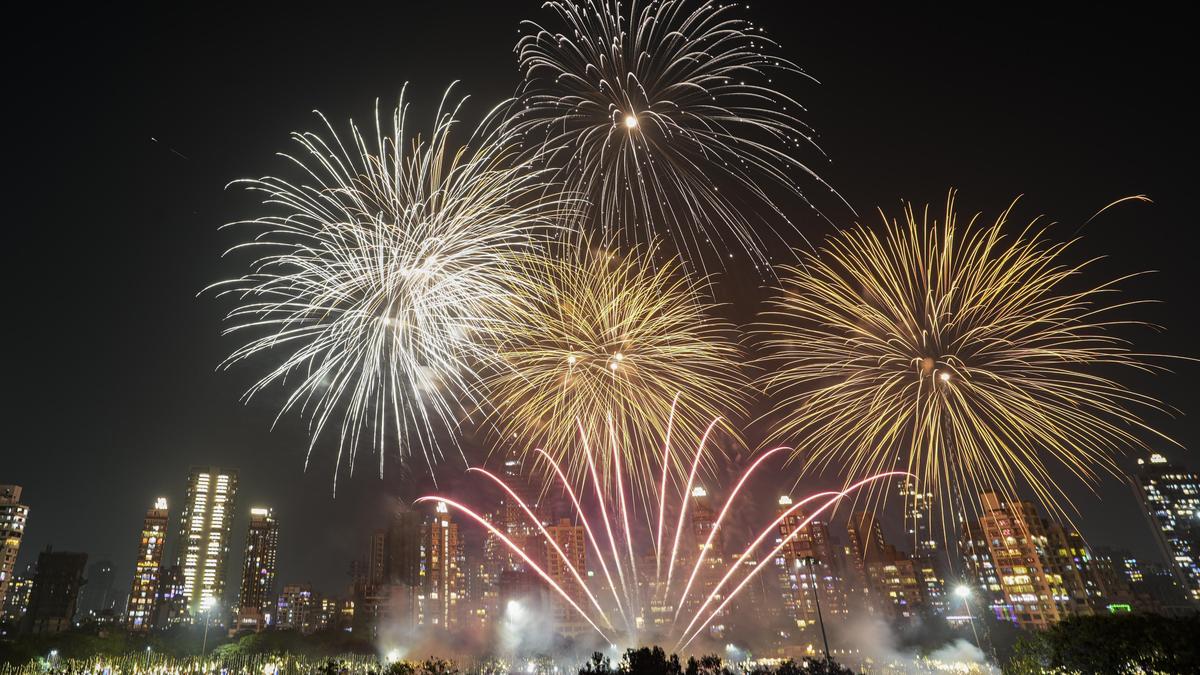Home / Environment / Deepavali Celebrations Choke Mumbai in Severe Smog
Deepavali Celebrations Choke Mumbai in Severe Smog
21 Oct
Summary
- Mumbai's air quality plummets to 'severe' levels after Deepavali
- Pollution levels up to 6 times WHO's safe limit for PM2.5
- Experts blame extensive firecracker use and unfavorable weather

On the morning of October 21, 2025, Mumbai residents were greeted by a city blanketed in thick smog, the aftermath of the previous day's Deepavali celebrations. The air quality across the metropolis had deteriorated sharply overnight, with several neighborhoods recording 'unhealthy' and 'severe' AQI (Air Quality Index) levels.
According to real-time data, the city-wide average AQI hovered around 174, placing Mumbai in the 'unhealthy' category. PM2.5 concentrations stood at 89 µg/m³, nearly six times the World Health Organization's recommended safe limit of 15 µg/m³. PM10 levels were also elevated at 132 µg/m³, contributing to the dense particulate matter suspended in the air.
Experts attribute the spike in pollution to the extensive use of firecrackers during Deepavali, compounded by seasonal meteorological conditions. Low wind speeds, temperature inversion, and high humidity have trapped pollutants close to the ground, preventing their dispersion. Environmental activists have long argued that without stricter regulation on firecracker sales and more sustainable urban planning, Mumbai will continue to suffer from episodic air quality crises.



